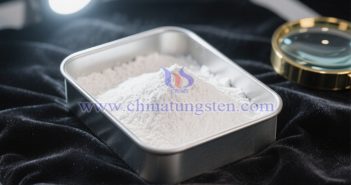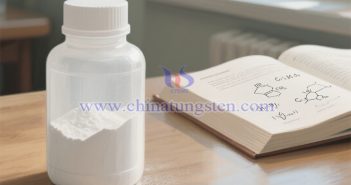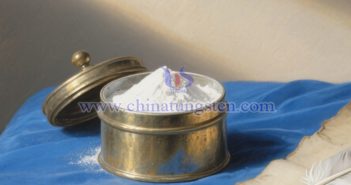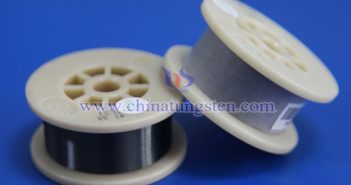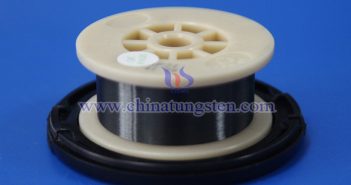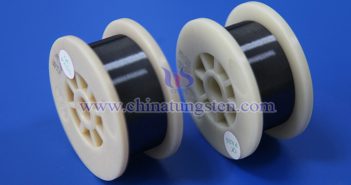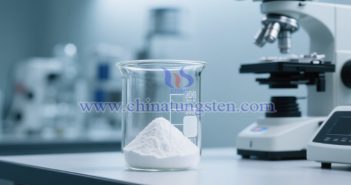
Zinc tungstate (Tungsten Zinc, ZnWO?), also known as zinc tungsten oxide, belongs to the tungstate family. It is formed by the chemical bonding of divalent zinc ions (Zn2?) and tungstate ions [(WO?)2?], resulting in a wolframite-type crystal structure. In semiconductor research, its photoelectric properties and catalytic activity offer new possibilities for developing novel optoelectronic devices and environmental purification materials, demonstrating significant application potential in energy and environmental fields. From a physicochemical properties perspective, ZnWO? appears as a white powder with…

